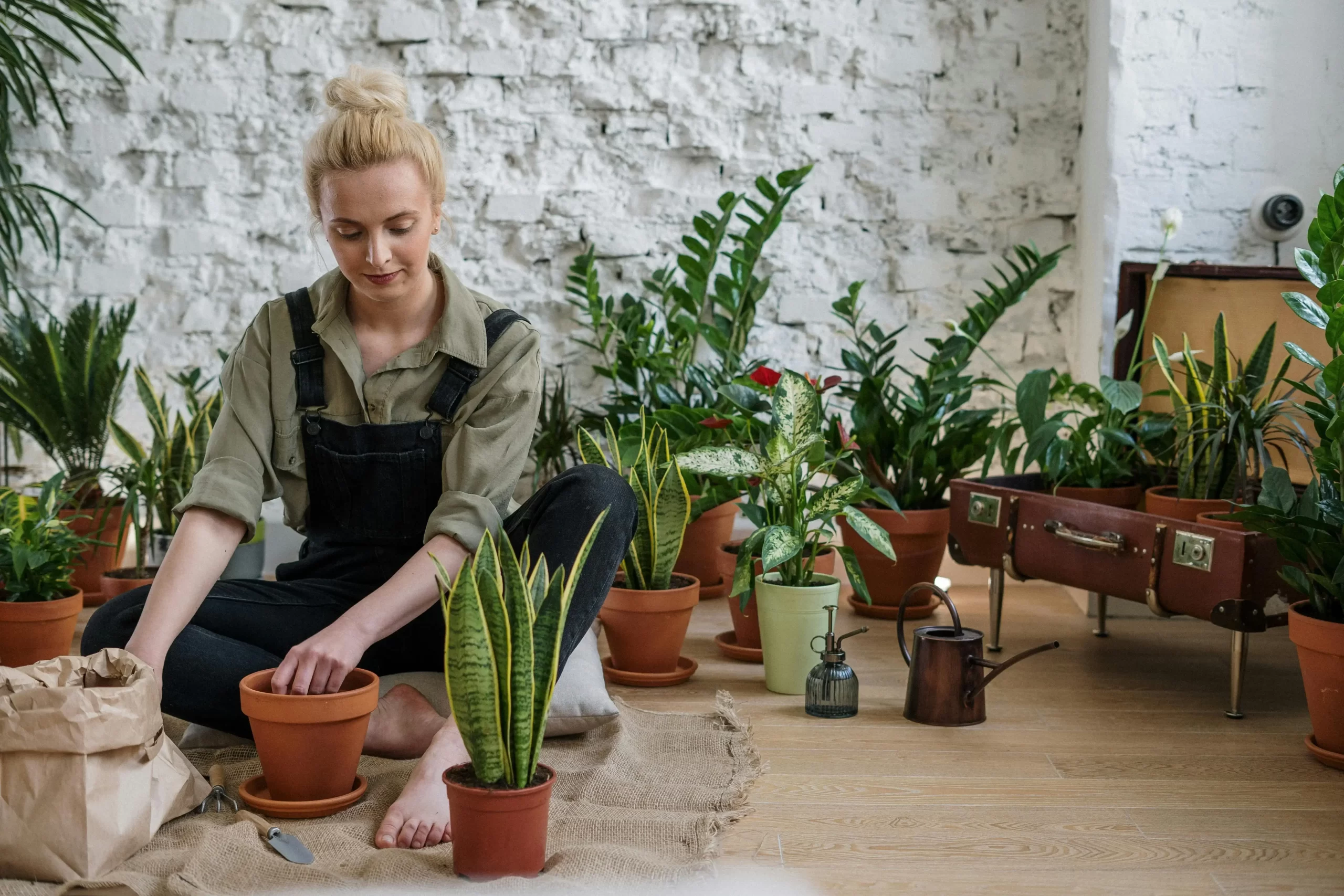
Container gardening has become a popular solution for people with limited space or wanting to grow plants in a more controlled environment. However, getting started with container gardening doesn’t have to break the bank. With a bit of creativity and resourcefulness, you can create a thriving garden using inexpensive or even free materials. This article will explore various cheap container gardening ideas that will help you grow your plants without overspending.
1. Repurpose Household Items as Planters
One of the easiest ways to save money on container gardening is by repurposing household items you already have. Many everyday objects can be turned into planters with minimal effort. Here are some ideas:
- Old Buckets and Pails: Instead of throwing away old buckets or pails, drill a few drainage holes in the bottom and use them as planters for larger plants like tomatoes or peppers.
- Plastic Bottles: Cut the tops off large plastic bottles and use the bottom portion as a planter. You can hang these vertically or place them on a windowsill.
- Tin Cans: Clean and remove labels from empty tin cans, drill holes in the bottom for drainage, and use them to grow herbs or small flowers.
- Broken Pots: If you have broken terracotta pots, don’t throw them away. The larger pieces can be used as planters and smaller shards can be used as drainage layers in other containers.
2. Utilize Free or Low-Cost Materials
Another way to save money on container gardening is by sourcing free or low-cost materials. Here are some tips:
- Ask Around: Friends, family, or neighbors may have old pots or containers they no longer need. Don’t hesitate to ask if you can take them off their hands.
- Check Online Marketplaces: Websites like Craigslist or Facebook Marketplace often have listings for free or cheap gardening supplies, including containers.
- Visit Local Thrift Stores: Thrift stores can be treasure troves for inexpensive planters. You might find baskets, bowls, or other items that can be converted into containers.
- Reclaimed Wood: If you can access reclaimed wood, you can build your own planter boxes. Old pallets can also be disassembled and repurposed into containers.
3. Grow Plants from Seeds or Cuttings
Starting plants from seeds or cuttings is much cheaper than buying seedlings or mature plants. Here’s how you can save money by growing your plants from scratch:
- Seed Starting: Purchase seed packets, which are often very affordable, and start your plants from seeds. You can start them indoors using egg cartons, yogurt cups, or other small containers.
- Propagating Cuttings: Many plants, like herbs and succulents, can be propagated from cuttings. Simply take a cutting from an existing plant, place it in water until roots develop, and then transfer it to a container with soil.
- Seed Swaps: Participate in seed swaps or exchanges with other gardeners. This way, you can acquire a variety of seeds without spending money.
4. Make Your Own Potting Soil
Commercial potting soil can be expensive, but you can create your own blend at a fraction of the cost. Here’s a basic recipe for homemade potting soil:
- Base: Start with a base of garden soil or compost. Use the rich, dark material from the bottom if you have a compost pile.
- Aeration: Add a material that improves aeration, such as perlite, vermiculite, or coarse sand. This will help prevent soil compaction and ensure good drainage.
- Nutrients: Mix in some organic matter, like well-rotted manure or leaf mold, to provide nutrients to your plants.
5. DIY Fertilizers
Fertilizers are essential for healthy plant growth, but you don’t need to buy expensive ones. Instead, you can make your own fertilizers using common household items:
- Coffee Grounds: Used coffee grounds are rich in nitrogen and can be sprinkled on the soil or added to your compost pile.
- Eggshells: Crushed eggshells add calcium to the soil, particularly for tomatoes and peppers. Simply crush them and sprinkle them around the base of your plants.
- Banana Peels: Banana peels are high in potassium. Bury them in the soil near your plants, or soak them in water for a few days to create a nutrient-rich liquid fertilizer.
- Compost Tea: Make your own liquid fertilizer by steeping compost in water for a few days. Use the resulting “tea” to water your plants.
6. Vertical Gardening
Vertical gardening is a space-saving technique that allows you to grow more plants in a smaller area, and it can also be done on a budget. Here are some ideas:
- Pallet Planters: Reclaimed pallets can be turned into vertical planters. Simply attach some fabric or landscaping cloth to the back, fill the pallet with soil, and plant your herbs or flowers in the gaps.
- Hanging Baskets: Instead of buying expensive hanging baskets, repurpose old colanders, buckets, or even shoes as hanging planters. Just ensure they have good drainage.
- Wall-Mounted Planters: Use old gutters or PVC pipes as wall-mounted planters. Cut them to size, drill drainage holes, and mount them on a wall or fence.
7. Watering on a Budget
Efficient watering is crucial for container gardening, especially if you want to keep costs low. Here are some tips for budget-friendly watering:
- Self-Watering Systems: Create a self-watering system using recycled materials. For example, you can make a simple wicking system using a plastic bottle or create a drip irrigation system using old hoses.
- Rainwater Collection: Collect rainwater in barrels or buckets and use it to water your plants. This not only saves money but is also environmentally friendly.
- Mulching: To retain moisture and reduce the need for frequent watering, add a layer of mulch to the top of your containers. Materials like grass clippings, straw, or shredded leaves can be used as mulch.
8. Pest Control on a Dime
Pests can be a problem in any garden, but you don’t need to spend much on chemical pesticides. Here are some cheap and natural pest control methods:
- Neem Oil: A small bottle of neem oil goes a long way and can be used to deter a wide range of pests. Mix it with water and a few drops of dish soap to create a spray.
- Diatomaceous Earth: This natural powder is effective against crawling insects like slugs and ants. Sprinkle it around the base of your plants.
- DIY Insecticidal Soap: Make your own insecticidal soap by mixing water with a small amount of dish soap. Spray it on plants to kill soft-bodied insects like aphids and spider mites.
Conclusion
Container gardening doesn’t have to be an expensive endeavor. By repurposing household items, growing plants from seeds or cuttings, making your own potting soil and fertilizers, and using budget-friendly watering and pest control methods, you can create a beautiful and productive garden without spending a fortune. With these cheap container gardening ideas, you’ll be able to enjoy the benefits of gardening while staying within your budget.

